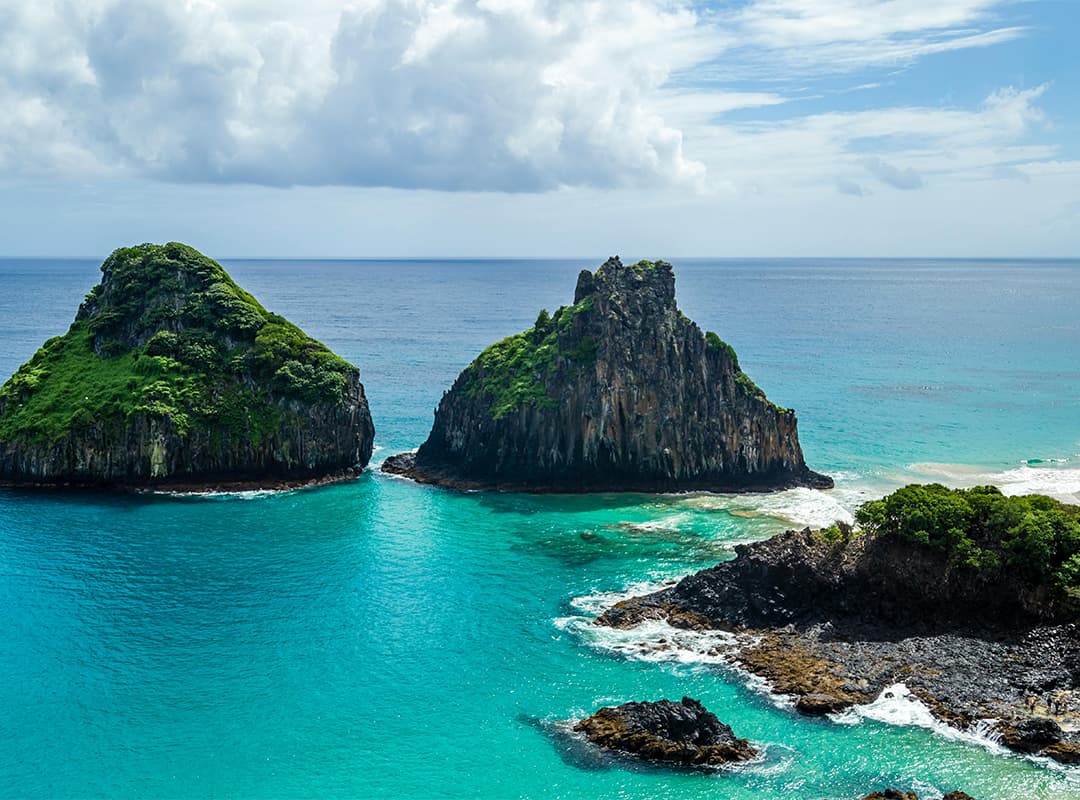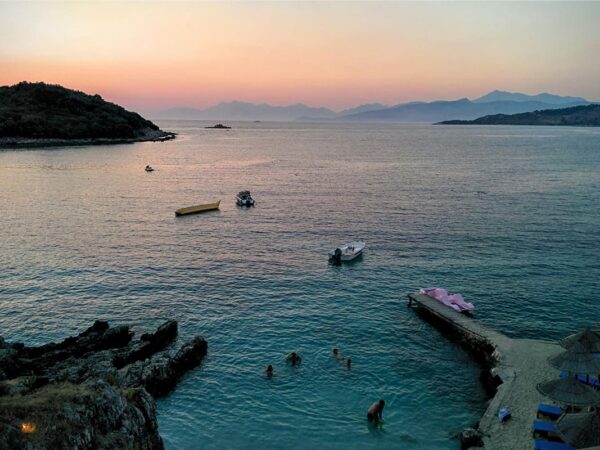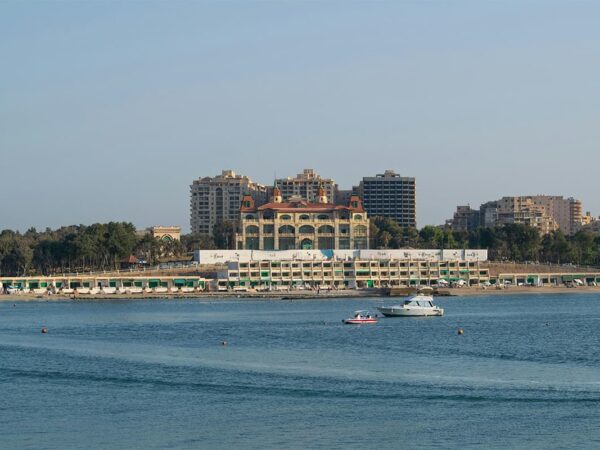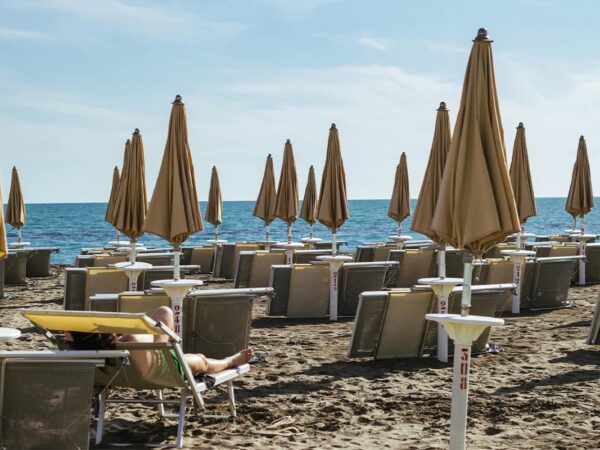No trip to Norway would be complete without exploring the fjords. These long, narrow sea inlets, created during the ice...
The most interesting things on Lantau Island
When vacationing on Lantau, you can go to the beach, visit the Big Buddha and then sit in a bar-restaurant...
Turquoise Lake, Jiuzhaigou National Park
In central China, on a vast territory, there is a beautiful valley - the Jiuzhaigou Nature Reserve, in the north...














